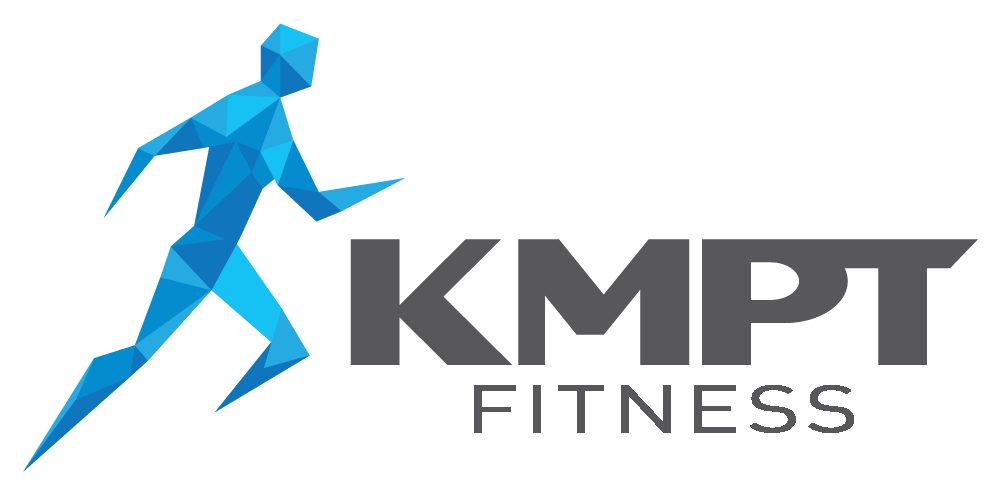How to avoid a midlife midriff.
There comes a point in everyone’s life when they notice their waist getting thicker – and wider. “The reasons are multiple,” says celebrity personal trainer Matt Roberts, “but age, hormones, stress and a busy life are among the worst culprits.”
Roberts, who made his name helping Naomi Campbell, Eva Longoria, and David and Samantha Cameron to stay in shape, says he often sees new clients who are having what he calls a “midlife body crisis”.
This is either because they’ve swapped the gym or football pitch in their twenties for a demanding desk job and busy family life in their thirties and forties, or because they’ve never exercised in the first place and now find themselves forty-something and a little podgy around the middle.
“Both men and women’s body fat increases as they get into their thirties and forties, largely due to a slowing metabolism and a decline in the hormone testosterone, which causes the body to lay down more fat,” says Roberts.
“Men are more prone to gaining this fat around their middle, whereas women gain it evenly around their middle, back, arms and thighs. However, as we age, we don’t just gain subcutaneous fat – the wobbly kind you can see – but also deeper, visceral fat, which surrounds your internal organs and is the more dangerous kind.”
Studies have found visceral fat can increase the risk of diabetes, heart disease, some cancers and Alzheimer’s, so as well as being unsightly, there is a health benefit to losing your spare tyre.
Age is no longer an excuse for being out of shape, Roberts says. “I’m 43 and I’m in better shape now than I was at 22. You see people like David Beckham and Cindy Crawford who are also in great shape, and it’s because they still exercise.”
One recent study found you can lose a mere five per cent of your fitness between your mid-twenties and mid-fifties if you exercise moderately and consistently every week. So don’t throw in the gym towel just yet.
While it’s never too late to get fit, he says, “you will now have to be smarter about it. A fortysomething body doesn’t recover as quickly and is more prone to injury, so you’ll need to build your fitness slowly.”
To lose your midlife middle requires a multi-pronged approach, in which you change the way you exercise as well as what you eat, how much sleep you get and how much stress you’re taking on.
“Somebody who is sleep-deprived and frazzled by work shouldn’t hit the gym too hard because it will put too much pressure on an already stressed-out system,” says Roberts. “Work on your stress and sleep first, and then exercise.”
So here, three experts – in fitness, nutrition and stress – reveal how to set about losing that midlife middle.
Three ways to shrink your midlife middle
Lose your breath every day
Being more active in middle age is a general rule in regaining control of your waistline, but it will also help you sleep more soundly and level out your stress. “Make sure you do something that leaves you out of breath every day, even for 15 minutes,” says Roberts. “Do things you enjoy, such as walking with your family, bike rides, tennis, running or swimming. These higher-intensity exercises keep your muscle fibres highly activated, which helps raise your metabolism and, for men, testosterone levels. They also burn more calories, which keeps your midsection leaner and firmer.”
Pump it up
Roberts says that incorporating weightlifting into your fitness routine is essential after the age of 40. “Too many older exercisers assume strength training is for young men who want to bulk up. However, lifting weights makes fortysomething men and women leaner and fitter, plus it strengthens their joints.”
After the age of 30, we begin to lose muscle mass – and the more muscle we have, the more calories we burn. Studies have found this muscle loss is the single biggest contributor to age-related metabolism decline – which is why fortysomethings can’t get away with eating like they did in their twenties.
So spend time in the weights section, or try using resistance bands – tensile strips of rubber that offer a strength-training routine at home – or take a kettlebell class to perfect the swings, cleans and snatches that will help torch fat and build strength.
Gender-swap in the gym
Crossing sides in the fitness centre can work wonders for both sexes in midlife, says Roberts. “As women get older, they should lift more – but men should do more yoga and ballet. Many football trainers now incorporate yoga or ballet moves into their training because it’s great for muscle engagement in areas vulnerable to injury, like your lower back, shoulders and knees. It’s also a soft introduction into exercise for an older person.”
Go to your wife’s dance class – and introduce her to the delights of your gym’s free weights room.
Are you an evening stress snacker?
“I see clients in their forties and fifties struggling to lose weight around their middle, and once I hit 40 I saw it in myself, too,” says Amelia Freer, a nutritional therapist and author of Eat Nourish Glow. “Things I could get away with in my twenties started to show around my middle in my forties.”
The first thing Freer tells clients to tackle is their stress and sleep, because both affect hormone levels in a way that makes dieting futile.
“The second is snacking,” says Freer. “I see forty and fifty-somethings with busy lives, high-powered jobs or juggling families, and many have a graze-all-day way of eating. But this creates elevated levels of insulin in our bloodstream, which puts our body into fat-storage mode. So stick to three good meals and no snacks.”
Freer says if you struggle to stop snacking, the first place to start is in the evening. A study from the Salk Institute in the US found a 12-hour “fast” overnight – you don’t eat between 8pm (after dinner) to 8am (when you have breakfast) – reduces your risk of high cholesterol and diabetes.
“Alcohol also ends up around your midsection as it’s full of sugar, so cut back and don’t drink every day. And, of course, sugary foods and drinks have the same effect.”
Freer suggests starting small. “Make one of the changes I’ve suggested, see how you get on, then make another. Eat more vegetables move more, sleep better, drink less, cook from scratch. Make lots of small changes that will last you all of 2017, and beyond.”
How a bad night’s sleep adds to your waistline
“The missing link between diet and exercise is stress,” says Jillian Lavender, co-founder of the London Meditation Centre. “Put simply, if you get your stress under control, you make better decisions when it comes to food and exercise.
“In my late twenties, I was running a publishing company, working too hard, travelling too much and feeling burnt out. A friend’s father, an insomniac, told me about meditation. I had some ‘brown rice and sandals’ misconceptions about it, but I gave it a go and noticed huge changes, not just in my stress levels, but also in other areas of my life, from my diet to my sleep, energy – even how I was ageing.”
Lavender says she often sees time-poor forty-somethings experiencing the effects of years of stress. “The one thing they have in common is they’re very tired,” she says. “A lot of people are physically exhausted but emotionally wound up and don’t sleep properly – in other words, tired and wired.
“The more stressed you are, the less able you are to sleep, which is the very thing you need to process stress. So I work on their sleep first.”
Lavender says too much technology is bad for sleep – staring at a screen before bedtime leaves us less able to fall into a restorative slumber. But rather than swearing off all technology, she says we should build up to regular screen-bans in the evening.
Learning to embrace stress is also important. “Most of us can’t quit our jobs or run away from our responsibilities, but instead we can change how we handle stress.
Life will always be stressful – jobs will sometimes be hard, families difficult and so on,” she says.
The Telegraph, London





This is an inspiring read!!! Thanks Kel!